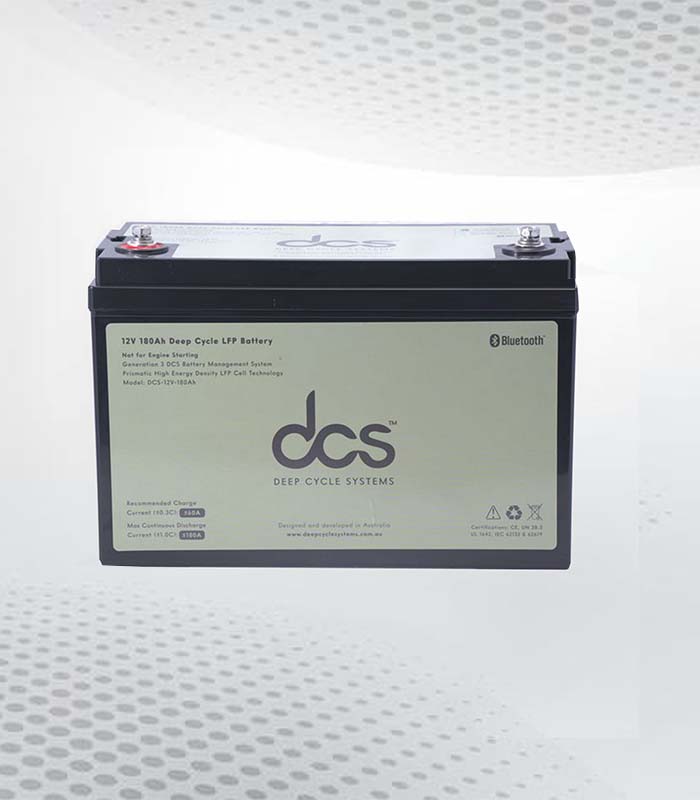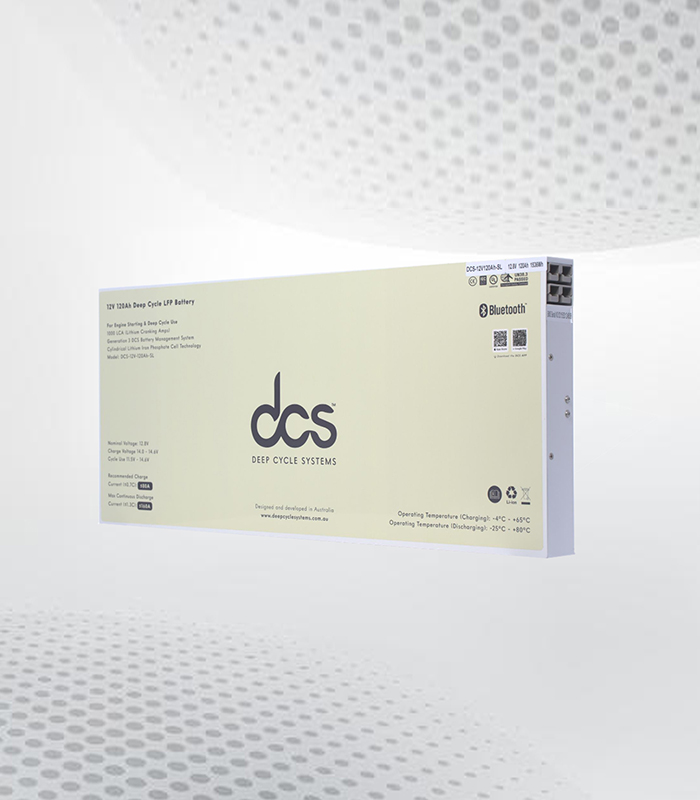When it comes to maximizing the performance and efficiency of your golf cart, choosing the right battery is key. One option that has been gaining popularity in recent years is using 48-volt 48V batteries. These batteries, especially the lithium-ion variants, offer several advantages over traditional lead-acid batteries. In this blog post, we will explore the benefits of 48-v batteries, compare lithium-ion and lead-acid options, discuss safety features and precautions, provide insights on choosing the right battery, examine cost-efficiency considerations, and offer tips on charging and maintenance. Let’s dive in!
Understanding 48-V Batteries
48-v batteries represent a significant advancement in electric-powered vehicles, including golf carts. Functioning at a higher voltage than traditional systems, these batteries provide a robust power source that enhances golf carts’ performance and efficiency. The primary appeal of 48-v systems lies in their ability to deliver sustained power output over extended periods, making them an ideal choice for golf cart operators seeking a reliable energy solution.
Lithium-ion stands out for golf cart applications among the various battery chemistries available due to its superior energy density and efficiency. This chemistry allows a more compact, lightweight battery to deliver the same or greater power as its heavier lead-acid counterparts without sacrificing performance. The transition to 48-v systems, particularly those utilizing lithium-ion technology, marks a shift towards more energy-efficient, high-performance golf cart operations.
By embracing these advanced battery systems, users can expect a noticeable improvement in their vehicle’s range and power and a reduction in overall maintenance and operational costs. This section lays the groundwork for understanding how 48-v batteries, especially lithium-ion types, are revolutionizing the golf cart industry by offering a blend of high efficiency, power, and longevity that traditional battery technologies struggle to match.
Comparing 48-V Lithium-Ion and Lead-Acid Batteries
Choosing the optimal battery for your golf cart requires carefully evaluating the differences between 48-v lithium-ion and lead-acid options. Lead-acid batteries have been the traditional choice for many years, valued for their lower initial investment. However, they carry the burden of a heavier weight, which can impact the efficiency and speed of your golf cart. Additionally, these batteries demand more maintenance, such as regular watering and cleaning to prevent corrosion, and they are subject to a faster rate of degradation, particularly when deep discharged regularly.
On the flip side, 48-v lithium-ion batteries present a modern alternative that offers considerable long-term benefits despite a higher upfront cost. They are markedly lighter, contributing to improved golf cart handling and reduced component wear. This battery boasts a significantly longer service life, often lasting several years longer than their lead-acid counterparts before needing replacement. Their efficiency is another key advantage; lithium-ion batteries maintain a consistent power output and recharge much faster, reducing downtime and increasing user convenience.
The choice between these two battery types hinges on weighing initial costs against long-term benefits and performance enhancements. While lead-acid batteries may appeal to those with budget constraints, the advantages of lithium-ion batteries – including reduced maintenance, longevity, and superior performance – are compelling reasons for investment, particularly for frequent users or those seeking the most efficient and reliable solution for their golf cart.
Advantages of 48V Lithium Ion Batteries
48v lithium ion batteries offer many benefits that can significantly enhance the golf cart experience. Their superior energy efficiency is a standout feature, enabling longer ranges and more power on a single charge. This efficiency translates to extended playtime on the greens and contributes to the environmental aspect by utilizing less energy for a comparable output. The weight advantage of lithium-ion batteries must be balanced.
Their lighter weight improves golf cart handling and performance, allowing quicker acceleration and easier maneuverability. This weight reduction also lessens the strain on golf cart components, potentially extending the vehicle’s lifespan. Another noteworthy benefit is the longer cycle life of lithium-ion batteries. They are designed to withstand more charge and discharge cycles before their capacity falls below the usable threshold. This robust cycle life means fewer battery replacements over the lifetime of the golf cart, offering substantial savings in the long term.
Additionally, lithium-ion batteries maintain a consistent voltage level throughout the discharge cycle, ensuring stable and reliable performance during use. This contrasts sharply with the performance of lead-acid batteries, which can experience a noticeable decline in power as they discharge. Finally, the maintenance requirements for lithium-ion batteries are minimal, saving time and effort while eliminating the need for frequent checks and upkeep that lead-acid batteries demand.
Safety Features and Precautions
Understanding and implementing safety features and precautions is paramount when transitioning to or upgrading with 48-v lithium-ion batteries for golf carts. These measures ensure the longevity and efficiency of your battery and safeguard against potential risks associated with improper use or handling. Here are five crucial safety tips to consider:
Use a Compatible Charger
Always use a charger specifically designed for your 48-v lithium-ion battery. Using an incompatible charger can lead to overcharging, undercharging, or even battery failure, and posing serious safety hazards.
Monitor Temperature
Lithium-ion batteries are sensitive to extreme temperatures. Avoid charging or storing your battery in hot or cold environments to prevent thermal runaway, where the battery overheats and potentially catches fire.
Inspect Regularly
Regular inspections can help catch issues before they become serious. Look for signs of damage, such as swelling, leakage, or any unusual marks on the battery casing, and address them promptly to prevent accidents.
Avoid Physical Impact
Protect your battery from impacts, drops, or punctures. Physical damage can compromise the battery’s internal structure, leading to short circuits or leaks that could result in injury or damage to your golf cart.
Follow Manufacturer’s Instructions
Adhering to the guidelines provided by the battery manufacturer is crucial. This includes proper handling, storage, and maintenance practices that are specific to the technology and design of your 48-v lithium-ion battery.
Choosing the Right 48-V Battery
Selecting the 48-v battery for your golf cart encompasses more than simply picking a type or brand. Energy capacity and voltage requirements are critical parameters that determine the suitability of a battery for your specific vehicle. Equally important are the size and weight of the battery, which can significantly influence the handling and performance of your golf cart. A lighter battery, for example, might enhance maneuverability and efficiency, contributing to a better driving experience.
Furthermore, the initial cost is an unavoidable consideration. However, it’s essential to balance this with the battery’s expected lifespan and maintenance needs. Despite their higher upfront price tag, lithium-ion batteries often present a more economical option in the long run due to their durability and minimal upkeep.
Before deciding, consulting with a professional can provide valuable insights tailored to your unique situation. They can assess your golf cart’s specifications, usage patterns, and charging capabilities to recommend the most compatible 48-v battery option. This personalized advice ensures that you invest in a battery that meets your current needs and accommodates future requirements, safeguarding your investment and enhancing your golf cart’s performance.
Cost-Efficiency of Lithium Golf Cart Batteries
The initial investment in lithium golf cart batteries might appear steep, yet their true value is realized through their extended operational life and reduced maintenance demands. Lithium-ion variants, unlike traditional lead-acid batteries, do not require frequent upkeep such as watering, equalizing charges, or specific gravity checks, translating into significant savings on labor and replacement parts over time. Their enhanced energy density also ensures they can run longer on a single charge, reducing the energy costs associated with frequent recharging. Lithium-ion batteries’ durability also means they need to be replaced less often than their lead-acid counterparts, further adding to the cost savings.
When considering the total cost of ownership—including purchase price, maintenance expenses, and operating costs—lithium-ion batteries usually emerge as the more economical choice over the long term. Their ability to maintain consistent performance throughout their lifespan, without the gradual decline in capacity seen in lead-acid batteries, ensures that golf carts powered by lithium-ion technology experience less downtime and higher reliability. For golf cart operators looking at the bigger picture, investing in 48-v lithium-ion batteries is a smart financial decision. The long-term savings in maintenance, energy, and replacement expenses offset the upfront cost, making lithium-ion batteries a wise investment for those prioritizing efficiency and cost-effectiveness.
Charging and Maintenance Insights
Adhering to best practices in charging and maintenance is crucial to ensuring the optimal performance and longevity of your 48-v lithium-ion batteries. It’s imperative to avoid letting the battery fully discharge, as doing so can significantly shorten its lifespan. Implement a routine charging habit, preferably after each use, to maintain the battery’s health and efficiency. Utilizing a charger specifically designed for your battery type is essential, as incorrect chargers can lead to poor performance or damage.
Routine visual inspections of the battery and its connections for signs of wear or corrosion are vital. Keeping the battery terminals clean ensures a solid connection and prevents power loss. Additionally, storing your golf cart and its battery in a cool, dry place, particularly during off-seasons, is important to avoid exposure to conditions that could degrade the battery’s performance over time. Temperature plays a significant role in battery health. Avoid exposing the battery to extreme hot and cold temperatures, as these conditions can affect the battery’s ability to hold a charge and lead to diminished life expectancy.
Conclusion
Embracing 48-v lithium-ion technology for golf carts signifies a step forward in achieving enhanced performance, efficiency, and environmental sustainability. These batteries not only elevate the user experience by offering longer ranges and reduced maintenance but also embody a commitment to future-ready, eco-friendly transportation solutions. By making an informed choice and investing in 48v batteries, golf cart owners can look forward to reaping the benefits of advanced technology that aligns with their operational needs and environmental considerations. It’s a move that promises a better golf cart experience and contributes to a larger vision of sustainable and efficient electric mobility.
FAQs
Q: Can all golf carts be fitted with 48v lithium ion batteries?
A: Most golf carts can accommodate a 48v lithium ion battery system; however, compatibility with your specific model should be confirmed before purchasing. It’s crucial to ensure that the battery dimensions, energy requirements, and voltage specifications align with your golf cart’s design and operational needs.
Q: What is the expected lifespan of 48-v lithium-ion batteries compared to traditional batteries?
A: Generally, 48-v lithium-ion batteries outlast their lead-acid counterparts due to their advanced technology and ability to endure more charge cycles. While the exact lifespan will vary based on usage, care, and maintenance, lithium-ion batteries can offer several years of service, often surpassing lead-acid batteries by a considerable margin.
Q: Can I switch my golf cart from a lead-acid to a 48-v lithium-ion battery?
A: Yes, many golf cart owners successfully upgrade from lead-acid to lithium-ion batteries to take advantage of the latter’s benefits, including improved efficiency, lighter weight, and longer lifespan. This upgrade might require modifications to your golf cart, particularly concerning the charging system and battery management, to ensure optimal performance and safety.
Q: How should I maintain my 48-v lithium-ion battery to maximize lifespan?
A: Proper maintenance involves regular charging without allowing the battery to fully deplete, using the correct charger, and performing routine inspections for any signs of damage or wear. Storing the battery in a cool, dry environment, especially during off-season periods, will also help preserve its longevity.
| Related Business Listings |
| Contact Directory |
| Local Business Profiles |




